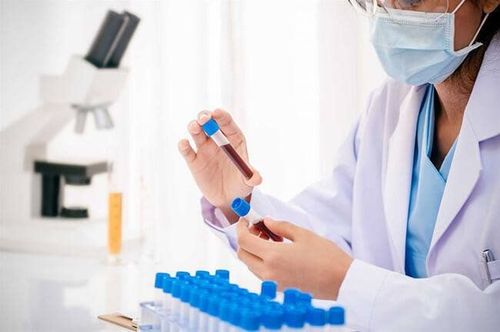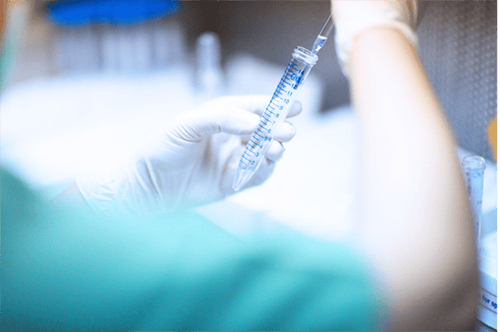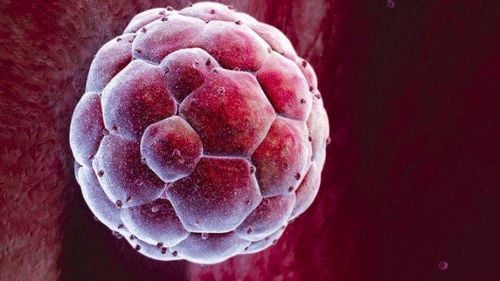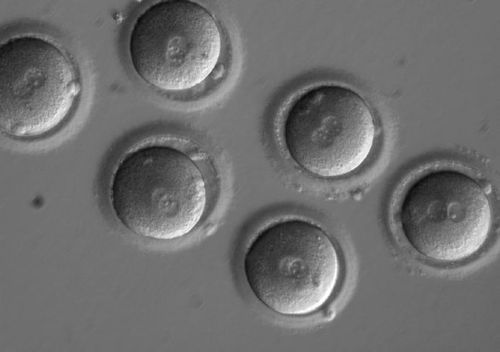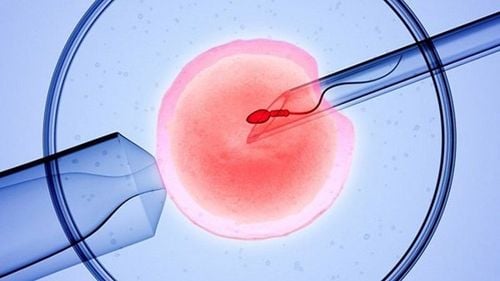This is an automatically translated article.
Posted by Master, Doctor Nguyen Thi Cam Van - Reproductive Support Center - Vinmec Times City International General Hospital
In natural fertilization, embryos are formed in the mother's body - the environment has all the most suitable conditions for embryo development. In IVF, embryos are formed outside the mother's body and raised in an embryo culture cabinet. Therefore, creating the optimal environment that is closest to the mother's body will help facilitate the development of the embryo.
1. Artificial embryo culture technique
So far, domestic and foreign reproductive support centers are using 3 main types of embryo culture cabinets:
Large chamber culture cabinets: This is a long-standing culture cabinet and is widely used in many countries. hospital, fertility center. The cabinet is designed with a single main inoculation chamber, together with specialized air supply and filter systems. This type of incubator creates a uniform environment in the cabinet, but it is easy to lose air and heat when opening the cabinet and the recovery time is long.
Multi-compartment culture cabinet: is a small cabinet with many separate compartments. Overcoming the disadvantages of large chamber culture cabinets, multi-chamber culture cabinets allow for fast gas and temperature recovery. Opening one drawer does not affect the other drawers.
Time-lapse culture cabinet: A multi-compartment culture cabinet with integrated microscope and automatic camera in each compartment. This type of cabinet is modern and has many advantages today. In addition to combining the advantages of a multi-compartment culture cabinet, the cabinet is equipped with a camera to monitor and take pictures of embryos continuously (Time-lapse), which helps embryologists easily record information of zygote and embryo, rapidly detects division abnormalities that may not be detected when embryos are cultured using conventional incubators.
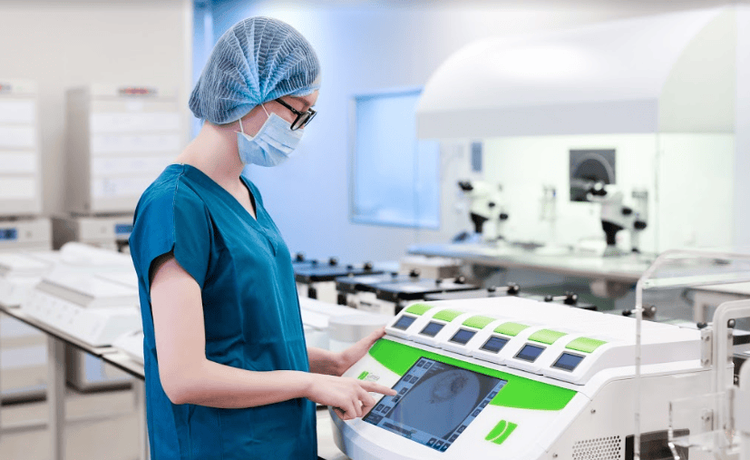
Time-lapse technique will detect abnormal division early and comprehensively assess the development process of the "embryo" baby right from the first moments of life. The selection of embryos with the highest implantation potential will become much easier and precise without affecting embryo quality like conventional methods. Transferring embryos with high implantation potential will increase the chances of pregnancy for the mother and shorten the journey to welcome the baby of the infertile couple.
Time lapse system at the Center for Reproductive Support - Vinmec International General Hospital is considered the most advanced today and was first deployed and used in the North. Each patient will have an individual embryo culture chamber. The embryo development of one patient, will not be affected by the embryo development of another patient. The entire development process of the "embryo" babies will be kept in video format and given back to the parents as a souvenir at the end of the IVF cycle at the center.
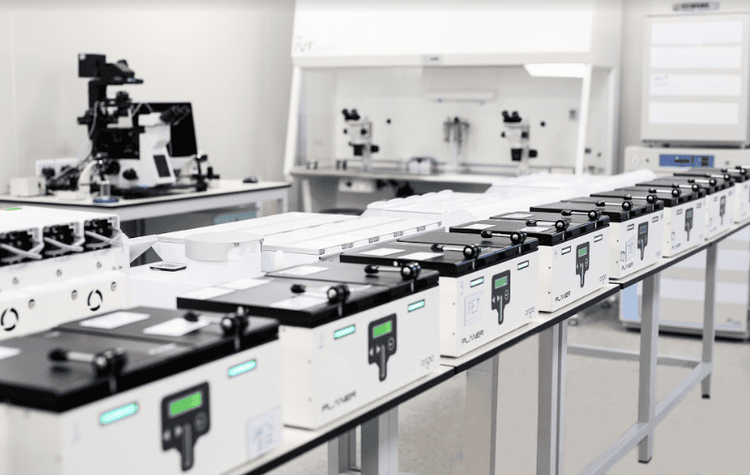
2. Subject Is the patient suitable for embryo culture in a Time-lapse cabinet?
Women over 35 years old . Women with consecutive miscarriages (more than 2 miscarriages at less than 20 weeks gestation). Women with secondary infertility with repeated implantation failure. In summary, Time-lapse technique is one of the most advanced assisted reproductive techniques today, helping to select embryos with the highest potential for implantation without affecting embryo culture conditions, helping to increase the rate of embryo implantation. successful treatment of infertility in patients with infertility.
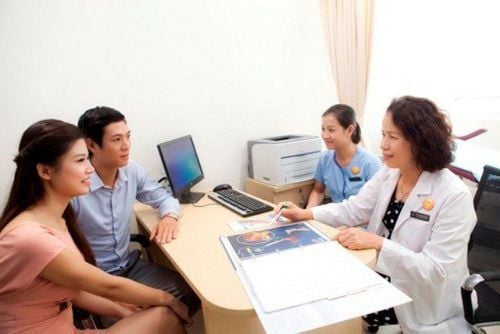
Please dial HOTLINE for more information or register for an appointment HERE. Download MyVinmec app to make appointments faster and to manage your bookings easily.





